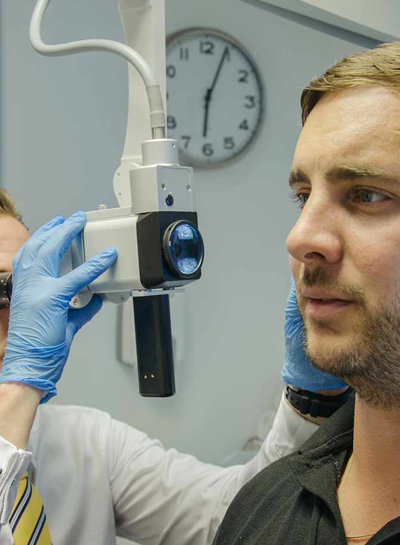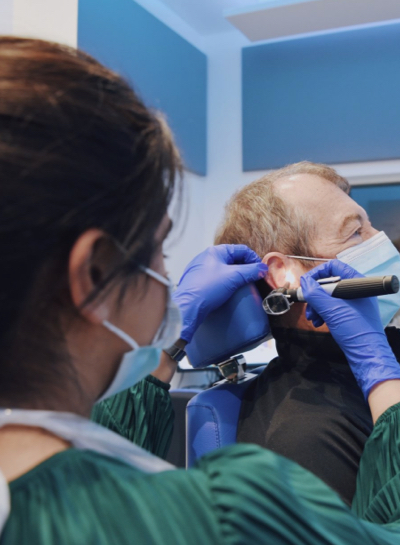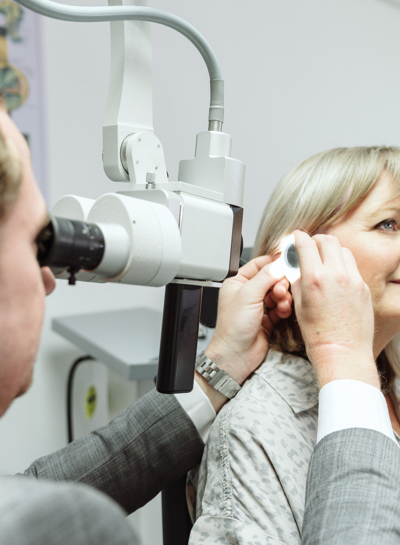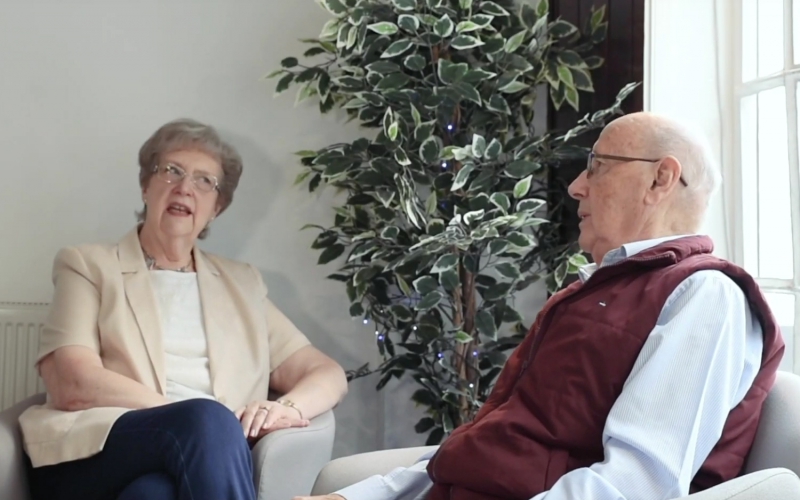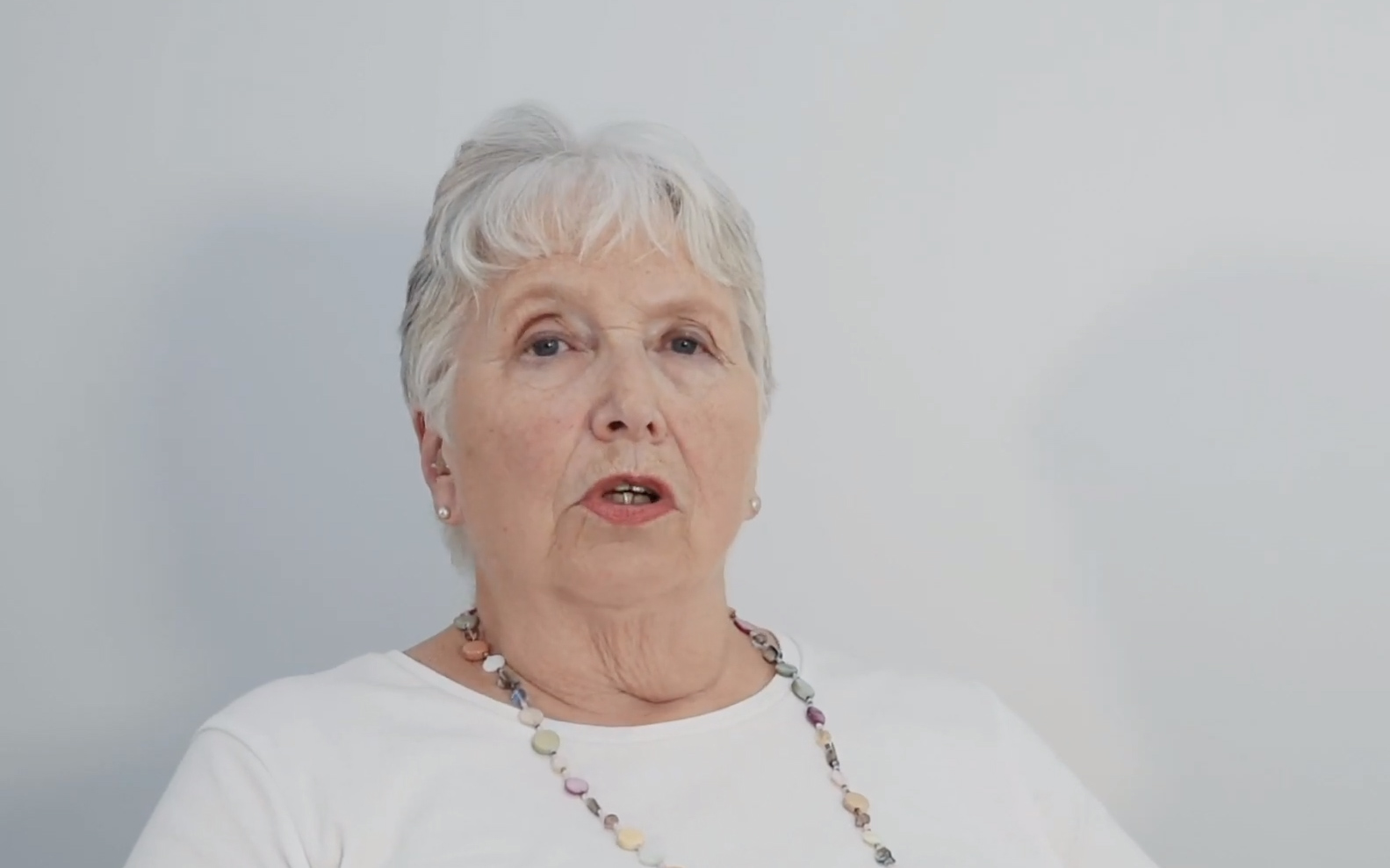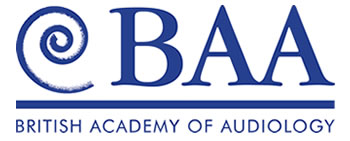The different types of ear wax
Earwax lubricates and cleans the outer ear canal, kills bacteria and traps foreign objects such as dust and fungal spores. So it isn’t actually a bad thing. Unfortunately, sometimes it builds up to the point that it blocks the ear canal, that’s when you have a problem. The thing is, not all ear wax is the same, earwax comes in two varieties: wet and dry. The type you have is determined by your genes.
Ear Wax Removal
The best ear wax removal process for you is based on the type of ear wax you have and the consistency at the time of removal. Let’s take a look at the types and the ear wax removal methods we use in Worcester.
Wet earwax
Orange-brown, sticky and smelly. Made up of the waxy secretions of the ceruminous glands – specialized sweat glands, which are found in the outer ear canal – plus dead skin and an oily substance called sebum.
Wet earwax removal methods
The best ear wax removal methods for wet ear wax is irrigation, instrumentation or microsuction. In some cases, it may well be a combination of two or all three processes.
Dry earwax
White-beige, flaky and odourless. It is dry because it contains less of the waxy secretion and so is largely composed of dead skin. Dry earwax is caused by a mutation in a gene called ABCC11. There do not appear to be any ill effects.
Dry earwax removal methods
The best ear wax removal method for dry ear wax depends on the consistency. For instance, if it is flaky, well then microsuction will often take it out quickly. However, if it has compacted and it is solid, well then a course of olive oil, followed by microsuction and instrumentation is best.
A Case in Point
Anthea has been a Worcester Hearing Centre patient for a few years now and during this time; she has had a few earwax removal appointments. Anthea’s earwax type is wet, so she needs a combination of micro-suction and irrigation, depending on her wax build-up.
Microsuction is a safe and comfortable method of earwax removal, no liquids are introduced during the procedure which is undertaken with a microscope and a finely balanced medical suction device. The fact that we can clearly see the ear canal and what we are doing makes it exceptionally safe. With no liquids involved, it is especially comfortable for a Patient and it is usually undertaken in a few minutes.
Ear irrigation consists of pumping water into the ear canal at a controlled and steady rate, to dislodge and flush out ear wax. As the water runs out, a metal basin is placed beneath the ear to collect it and any ear wax it has flushed out.
Earwax removal has become increasingly difficult over the years to access. Some surgeries provide this service and some don’t and there doesn’t appear to be any reason why it is different from one surgery to another. Upon attending our centre, our Team of Experts will show you your ear using the latest techniques, video otoscopy, where you will see for yourself the condition of your ear canal. We will then determine the best method for removal of your wax, and show you again the result at the end of the consultation
To book your earwax removal appointment today, please call Worcester Hearing Centre at 01905 617803 or e-mail us at worcester@wshearing.co.uk
Contact Us


 Request An Appointment
Request An Appointment
